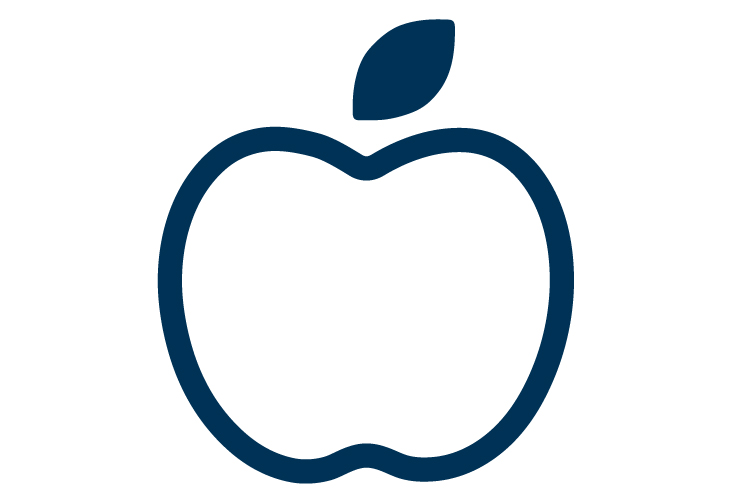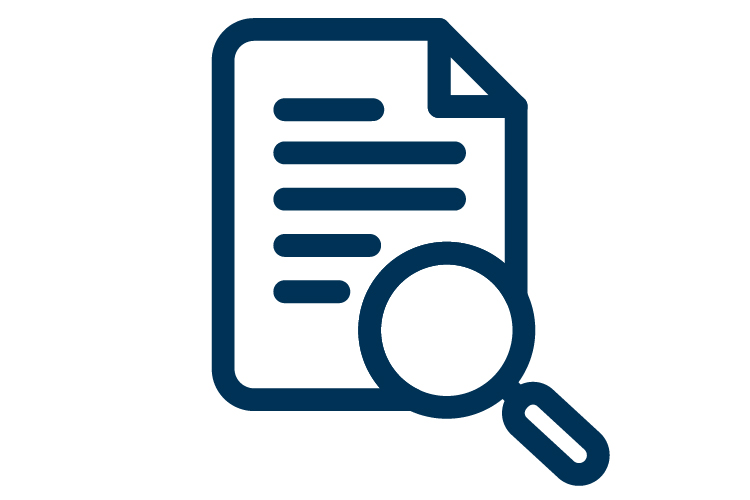
In This Issue
- April Monthly Message from the FDIC
- Help Others Be Money Smart During Financial Literacy Month
- Upcoming Money Smart Events
- Latest FDIC Consumer News Edition
- Tips and Techniques
April Monthly Message from the FDIC
April is full of days and events to help promote financial awareness. America Saves Week, April 8 to 12, encourages Americans to do a financial check-in to get a clear view of their finances, set savings goals, and create a plan to achieve them. Each day has a different goal, with tools available on the website.
National Small Business Week this year falls on April 28 to May 4. The U.S. Small Business Administration uses this celebration to recognize the critical contributions of America’s entrepreneurs and small business owners.
April is also Fair Housing Month. This year is the 55th anniversary of the Fair Housing Act, which made discrimination in housing transactions unlawful. For more information about fair housing rights, visit the U.S. Department of Housing and Urban Development Fair Housing and Equal Opportunity website. For information about mortgages, visit the FDIC Affordable Mortgage Lending Center.
Help Others Be Money Smart During Financial Literacy Month
April is also Financial Literacy Month. According to the U.S. Department of Education, financial literacy “refers to the understanding that includes how to earn, manage, and invest money and has a critical impact on students' ability to make smart choices.”
The Consumer Financial Protection Bureau found in their report, A review of youth financial education: facts and evidence, that an early start with age-appropriate financial education, with consistent reinforcement, had an effect on later financial actions.
If you are teaching Money Smart to help students make smart choices with finances, you may want to consider the following courses:
PreK – 2: Lesson 5 – Saving and Spending
Grades 3-5: Lesson 3 – Budgeting, Lesson 4 – Savings, Lesson 6 – Investing
Grades 6-8: Lesson 1 – Career and Job Opportunities, Lesson 3 – Financial Goals, Lesson 5 – Cashflow and Budgeting, Lesson 6 – The Importance of Saving, Lesson 7 – Saving Options, and Lesson 8 – Investing Options
Grades 9-12: Lesson 2 – Financial Planning, Lesson 3 – Spending and Budgeting, Lesson 4 – The Importance of Saving, and Lesson 5 – Protect
If you are looking for a short course for young people, you may want to use Money Smart News for Kids. This includes nine chapters, which introduce basic banking terms to children, who are perhaps just beginning to learn about finances. Each issue builds upon the next and introduces two characters who try out different financial concepts along the way.
Money Smart for Young Adults: Module 1 – Bank On It, Module 4 – Your Saving and Spending Plan, Module 5 – Saving for Your Goals and Your Future, Module 9 – Protecting Your Money and Your Identity.
Money Smart for Adults: Module 2 – You Can Bank On It, Module 4 – Your Saving and Spending Plan, Module 5 – Your Savings, Module 10 – Building Your Financial Future, and Module 11 – Protecting Your Identity and Other Assets.
If learning by play is your teaching preference, you can use the following How Money Smart Are You? games: You Can Bank On It, Your Spending and Savings Plan, Your Savings, Building Your Financial Future, and Protecting Your Identity and Other Assets.
Additional resources for financial literacy can be found on the following websites:
- Department of Higher Education & Workforce Development Financial Literacy Month
- My Credit Union Apps and Activities
- The Office of the Comptroller of the Currency Financial Literacy Resources
As you teach participants how to earn, save, and manage and invest money, keep in mind bankable moments. If you have an innovative way to get your participants active in bankable moments, let us know at MoneySmartNews@fdic.gov. We would be happy to feature your approach in an upcoming Money Smart News.
Upcoming Money Smart Events
You can find information on Money Smart Train the Trainer events and our quarterly Money Smart Alliance webinar here.
Latest FDIC Consumer News Edition
The April 2024 edition of the FDIC Consumer News is titled, “Travel Tips: Bon Voyage,” and includes some tips to protect your finances when you travel away from home. Read the full article here.
Tips and Techniques
The Association of FDIC Alumni (AFDICA) volunteers continue to teach Money Smart virtually in order to reach consumers outside of areas where the alumni are located.
Recently, the volunteers have been teaching Savings modules in the Dallas Arts District at the Booker T. Washington School for the Visual and Performing Arts weekly during their spring term.
The challenge of these virtual presentations has been trying to engage the students and ensure that the curriculum is on-point.
In the Tips and Techniques included in the February 2024 Money Smart News, we discussed the Four R’s – Respond, Revise, Review and Refresh – to ensure that the instruction targets the specific group. In addition to the Four R’s, we have introduced some additional tools to help us hit the instructional “bulls-eye” and to keep audience interest. Our challenge has been a lack of verbal or even “chat” participation during the sessions.
So, we are adding a PS to the four R’s: P for Polling and S for Survey.
Either during the presentation or in the beginning, we use the polling feature to assess the audience’s knowledge. We have found this to be more engaging than asking the students to put quiz responses into the chat because Polling is anonymous. Plus, a screen appears showing each student the correct answer, so real time feedback is being provided.
After each session, we ask the teacher coordinator to have the students complete an anonymous survey to gauge the effectiveness and preferred delivery methods for the instruction. We ask five questions. In the first three questions, 75 percent of the participants strongly agreed and 25 percent agreed that:
- the training objectives had been met;
- the slides and videos were clear and enhanced their learning experience; and
- the module included sufficient examples to be able to apply new skills.
The fourth question asks if enough time is allowed for participants to exchange experiences and ideas. Fifty percent strongly agreed and fifty percent agreed.
The final question asks how the learning experience could be improved. Seventy-five percent of the participants said add short quizzes, while 25 percent said to do a slide presentation of the concepts and then ask for student responses to the experiences. This response is consistent with what we often hear, however, our experience has been that participant responses on how they best learn may actually be different from how they actually do learn. We try to use the best approach for their experience.
If you have questions about the four R’s and PS or how to enhance your polling or surveys, you can reach Scott Taylor at the AFDICA at moneysmart@afdica.com.
Current Newsletter:
Additional Links

Money Smart Alliance
Learn, collaborate and grow with FDIC’s recognized organizations that use Money Smart.

Teacher Online Resource Center
Here you will find tools to help you teach financial education including lesson plans, videos, and other resources

Train-the-Trainer Program
Provides guidance with videos, workshops, and webinars

Training & Events
Announcements of upcoming Money Smart events for Train-the-Trainer and Small Business events


